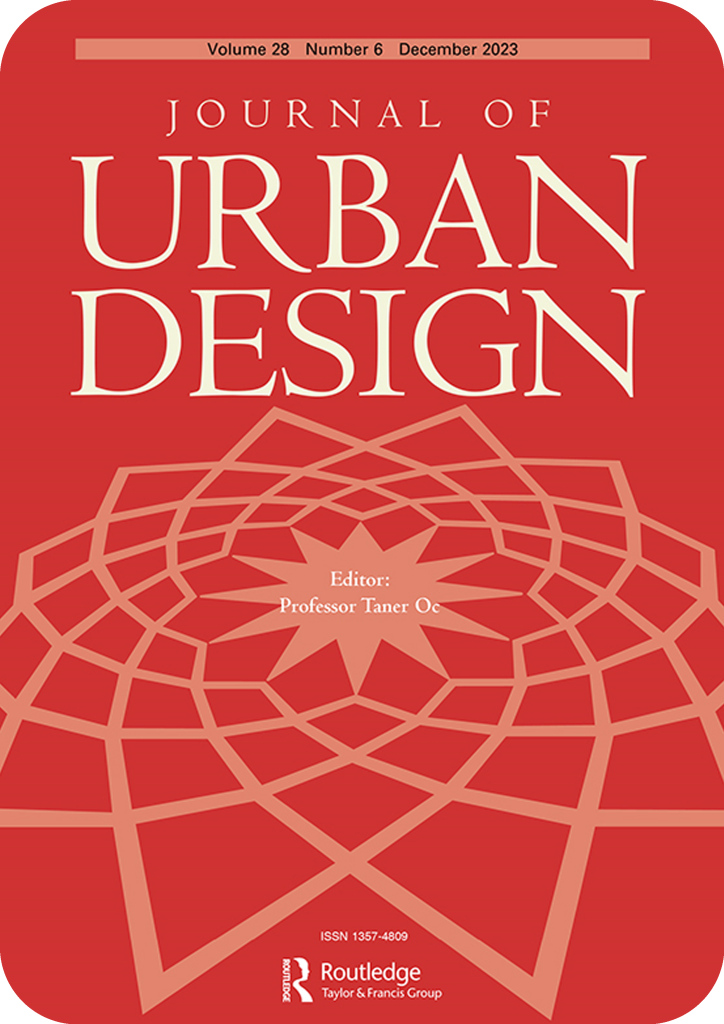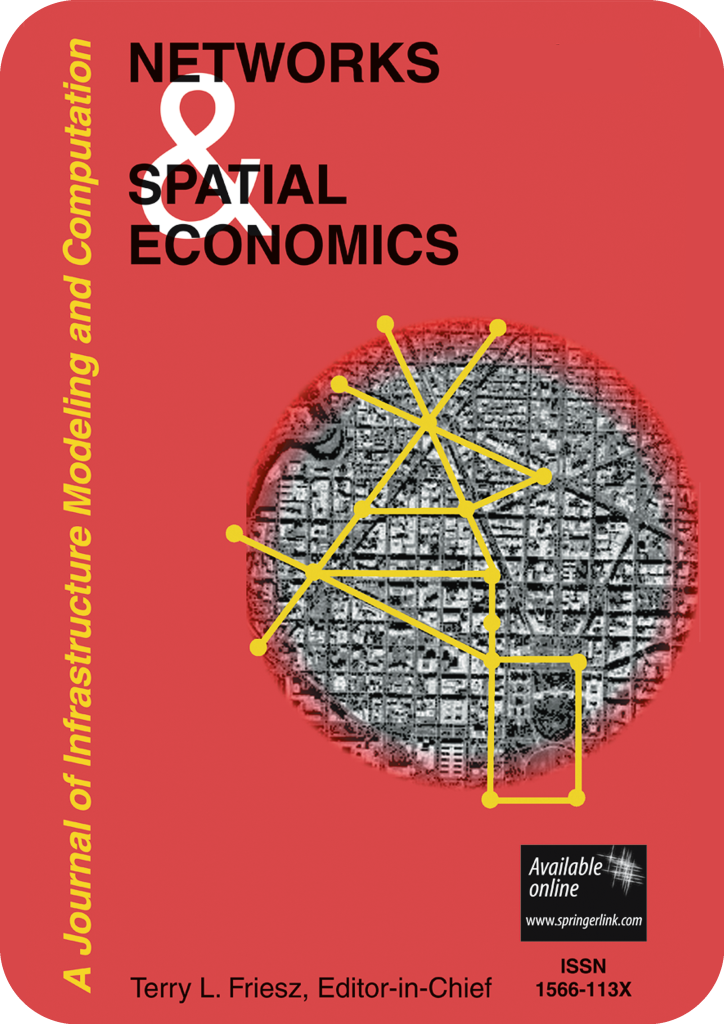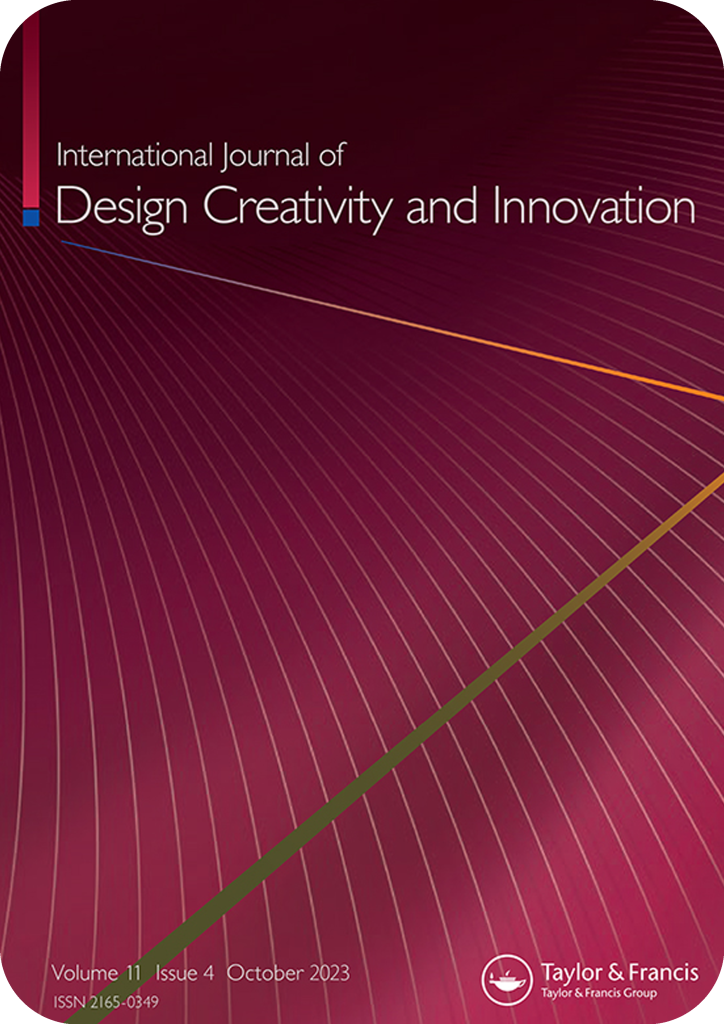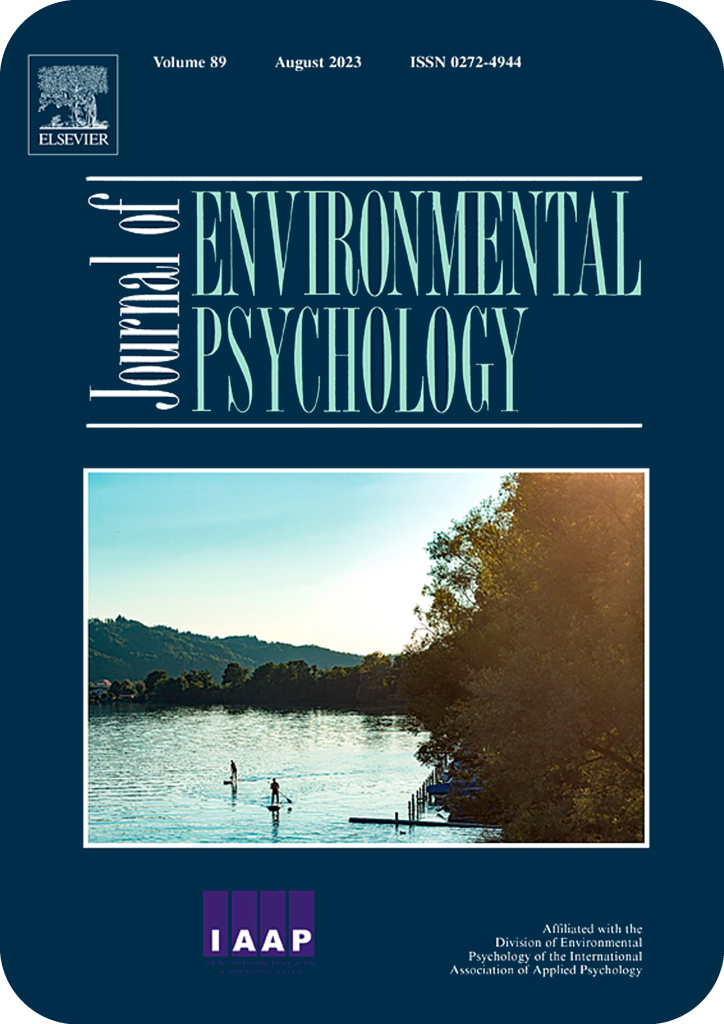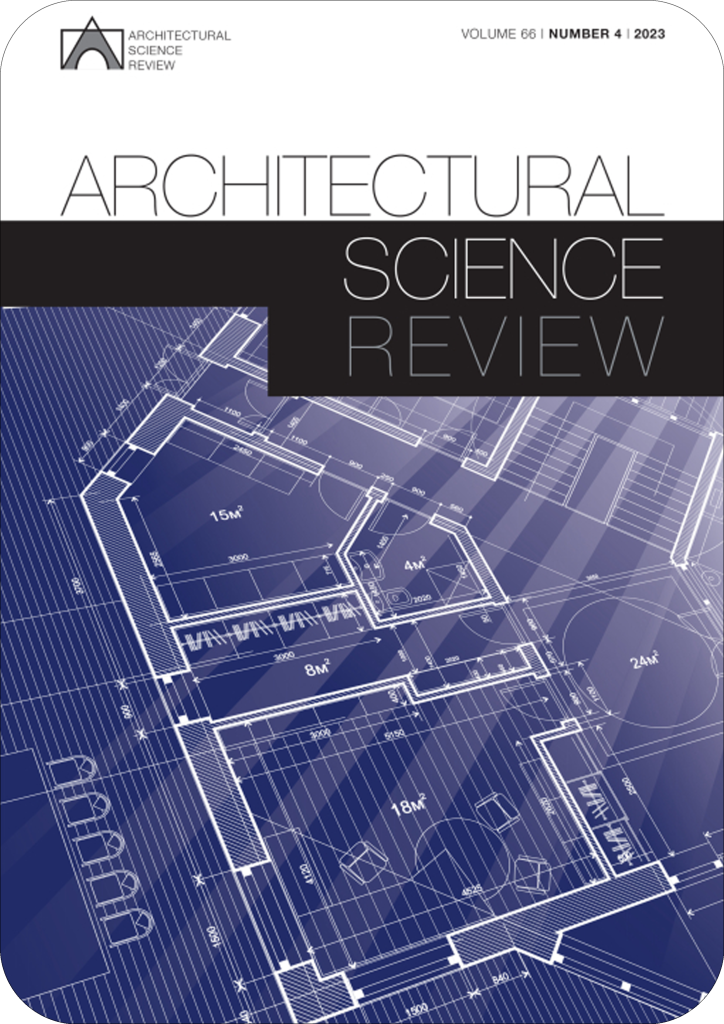
Abstract:
Patterns of pedestrian movement in cities are influenced by visibility of urban activities, among other factors. This paper describes a behavioral experiment in an immersive virtual reality, where individuals are exposed to visual stimuli and their route decisions are recorded. To evaluate the effect of urban visibility on the pedestrian route choices, we introduce visibility scores, such as a graph theoretical centrality measure, to represent the urban environment. Participants in the experiment select routes and the chains of their navigational decisions are then associated with the visibility scores. The selected routes in the virtual reality are compared with all possible routes, which are generated by computational random walk simulations.
Statistical analysis suggests that pedestrian navigation choices are purposive and that they are influenced by the specific visibility attributes of the urban environment. Therefore, the research contributes toward development of a unified framework that incorporates the interaction of urban morphology and human spatial behavior. In addition, our experimental procedure and our results highlight the potential of a virtual reality laboratory as a research environment for complex urban situations.
More Papers

